Specialists in Tools and Equipment
Common Sling Safety Hazards and How to Avoid Them
Here are some of the most common sling safety hazards and how to avoid them
Slings are an essential part of many lifting and rigging operations. They are used to transport a wide variety of loads, from heavy machinery to delicate equipment. However, slings can also be dangerous if not used properly.
Here are some of the most common sling safety hazards and how to avoid them:
1. Using a damaged sling
Damaged slings are a major safety hazard. They can fail under load, causing serious injury or death. It is important to inspect slings carefully before each use. Look for any signs of damage, such as:
- Cuts
- Tears
- Fraying
- Broken wires
- Corrosion
- Kinks
- Missing or damaged end fittings
If you find any damage, do not use the sling. Instead, tag it as "out of service" and remove it from use.
2. Overloading a sling
Overloading a sling is another major safety hazard. Slings have a maximum weight capacity, which is determined by the type of sling, its size, and the configuration in which it is used. It is important to never overload a sling.
Before lifting a load, make sure to check the weight capacity of the sling you are using. You can find this information on the sling's tag or in the manufacturer's instructions.
3. Using the wrong sling for the job
There are many different types of slings available, each with its own strengths and weaknesses. It is important to choose the right sling for the job at hand.
For example, web slings are a good choice for lifting delicate or fragile loads. Chain slings are a good choice for lifting heavy or abrasive loads. Wire rope slings are a good choice for lifting loads in extreme environments.
If you are unsure which type of sling to use, consult with a qualified rigging professional.
4. Using improper sling protection
Slings can be damaged by sharp edges, corners, and other hazards. It is important to use sling protection to prevent damage.
Sling protection is available in a variety of forms, such as edge guards, sleeves, and corner protectors. Choose the type of sling protection that is appropriate for the load you are lifting.
5. Not inspecting sling hardware
Sling hardware, such as hooks, rings, and shackles, should also be inspected before each use. Look for any signs of damage, such as:
- Cracks
- Bends
- Wear and tear
- Missing or damaged pins
If you find any damage, do not use the sling hardware. Instead, tag it as "out of service" and remove it from use.
6. Not following proper lifting procedures
It is important to follow proper lifting procedures when using slings. This includes:
- Centering the load on the sling
- Using multiple slings for heavy or unbalanced loads
- Avoiding shock loading
- Keeping the sling suspended at all times
- Communicating effectively with other workers
How to avoid sling safety hazards
Here are some tips for avoiding sling safety hazards:
- Inspect slings carefully before each use.
- Never overload a sling.
- Use the right sling for the job at hand.
- Use sling protection to prevent damage.
- Inspect sling hardware before each use.
- Follow proper lifting procedures.
In addition to the above tips, it is also important to train workers on sling safety. Workers should be trained on how to inspect slings, choose the right sling for the job, use sling protection properly, and follow proper lifting procedures.
By following these tips, you can help to prevent sling safety hazards and keep your workers safe.
Additional tips for safe sling use:
- Store slings in a clean, dry place away from direct sunlight and heat.
- Avoid dragging slings over rough surfaces.
- Never use a sling if it is wet or icy.
- Never use a sling if it has been exposed to chemicals or other corrosive substances.
- Have slings inspected by a qualified rigging professional on a regular basis.
By following these tips, you can help to ensure the safety of your workers and your loads.
If you’re in the market for a
new sling or other lifting equipment, we have what you need.
Keep in mind that ZoAir is the premier provider of lifting equipment rentals and peripheral equipment sales in the New York metro and surrounding areas
Serving
Quick Links
Contact Us
Business Hours
Hours:
- Mon - Fri
- -
- Sat - Sun
- Closed
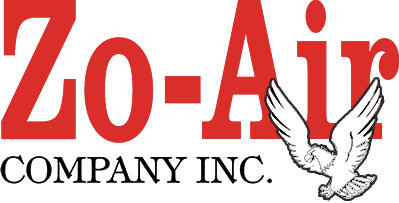

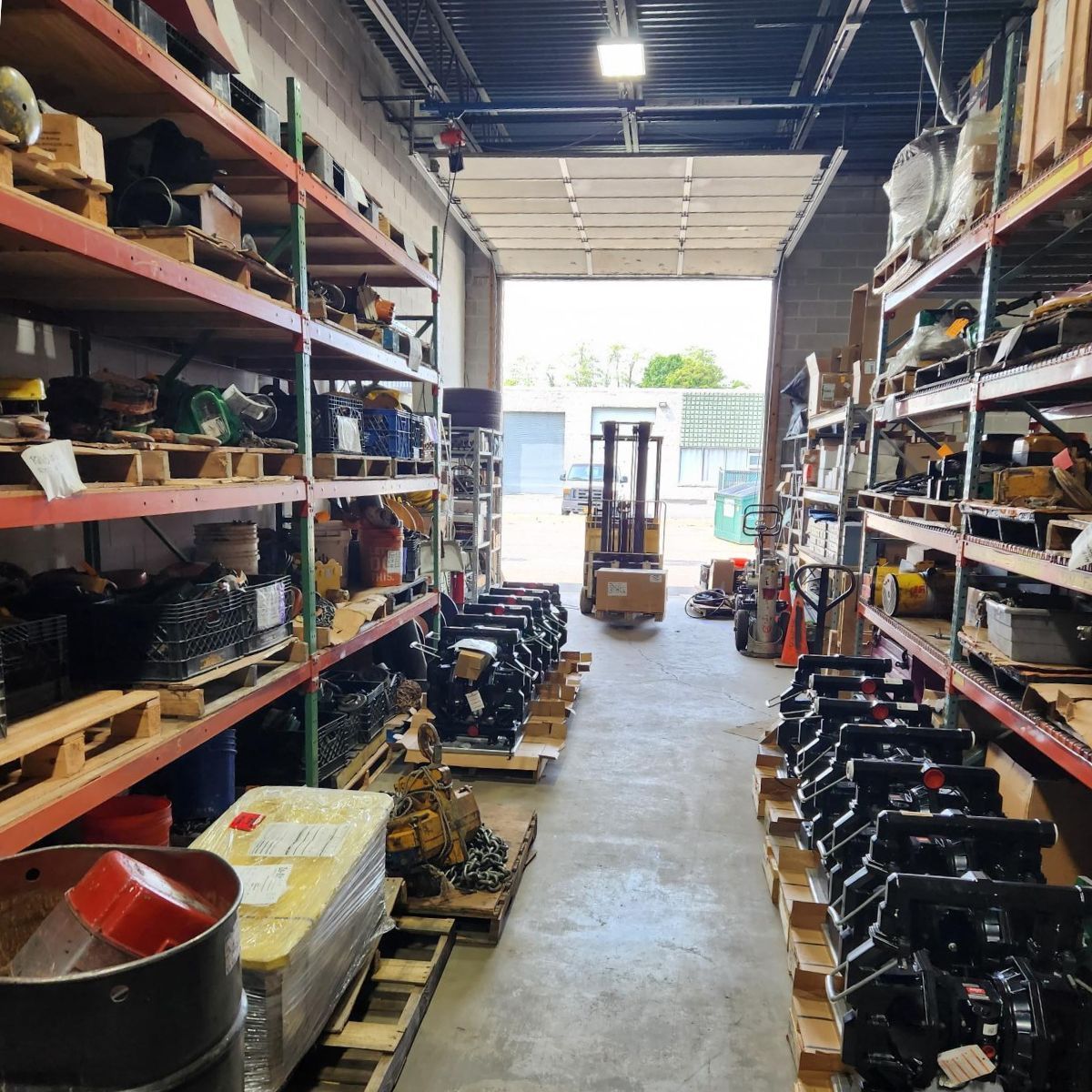


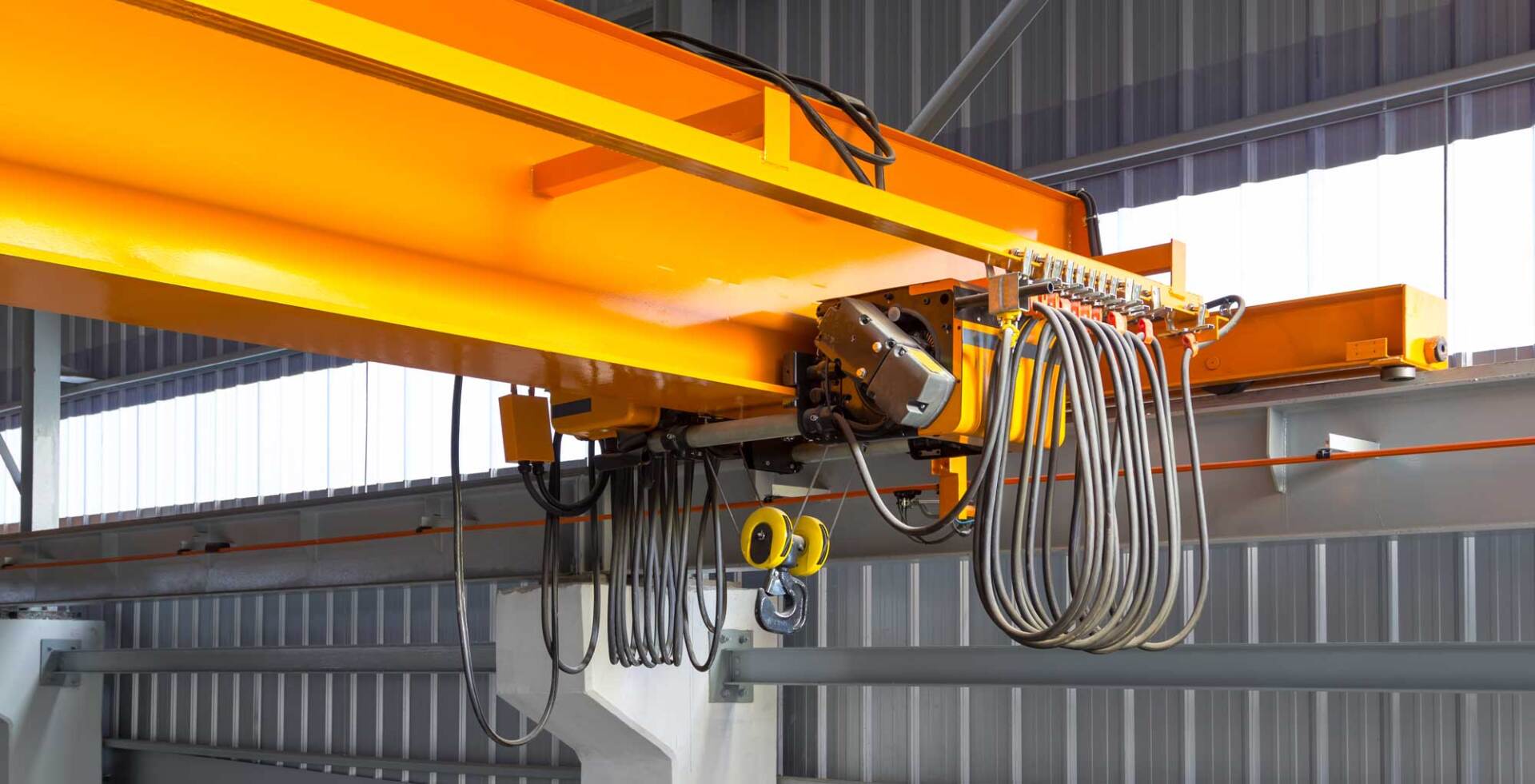

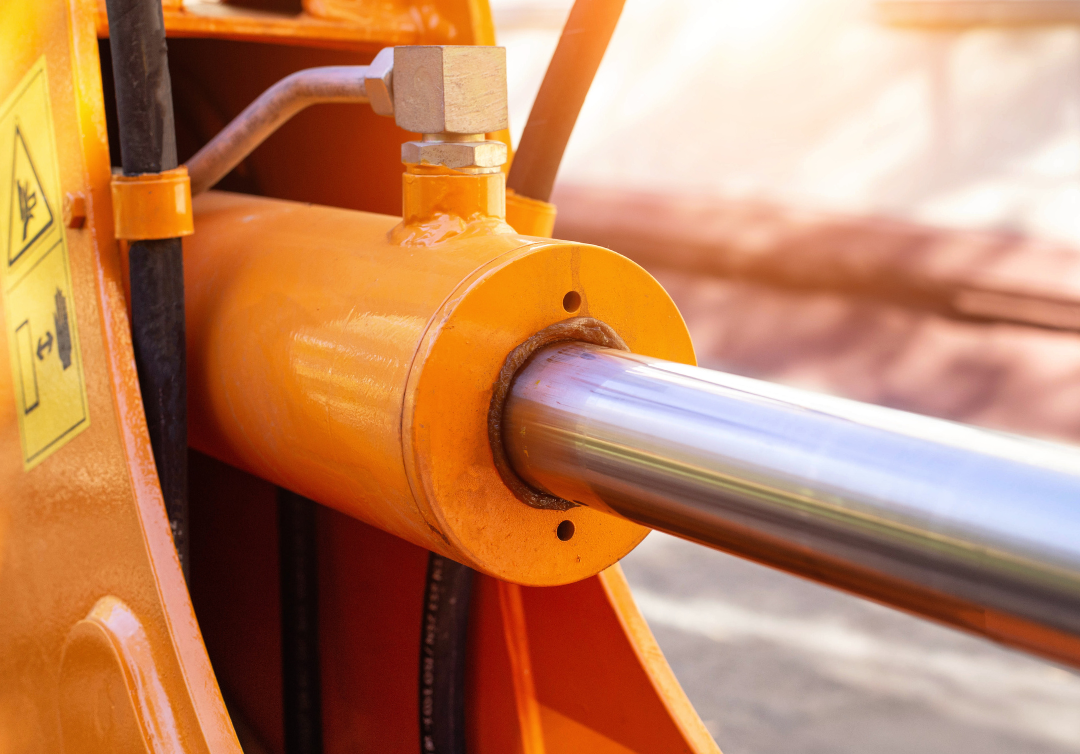
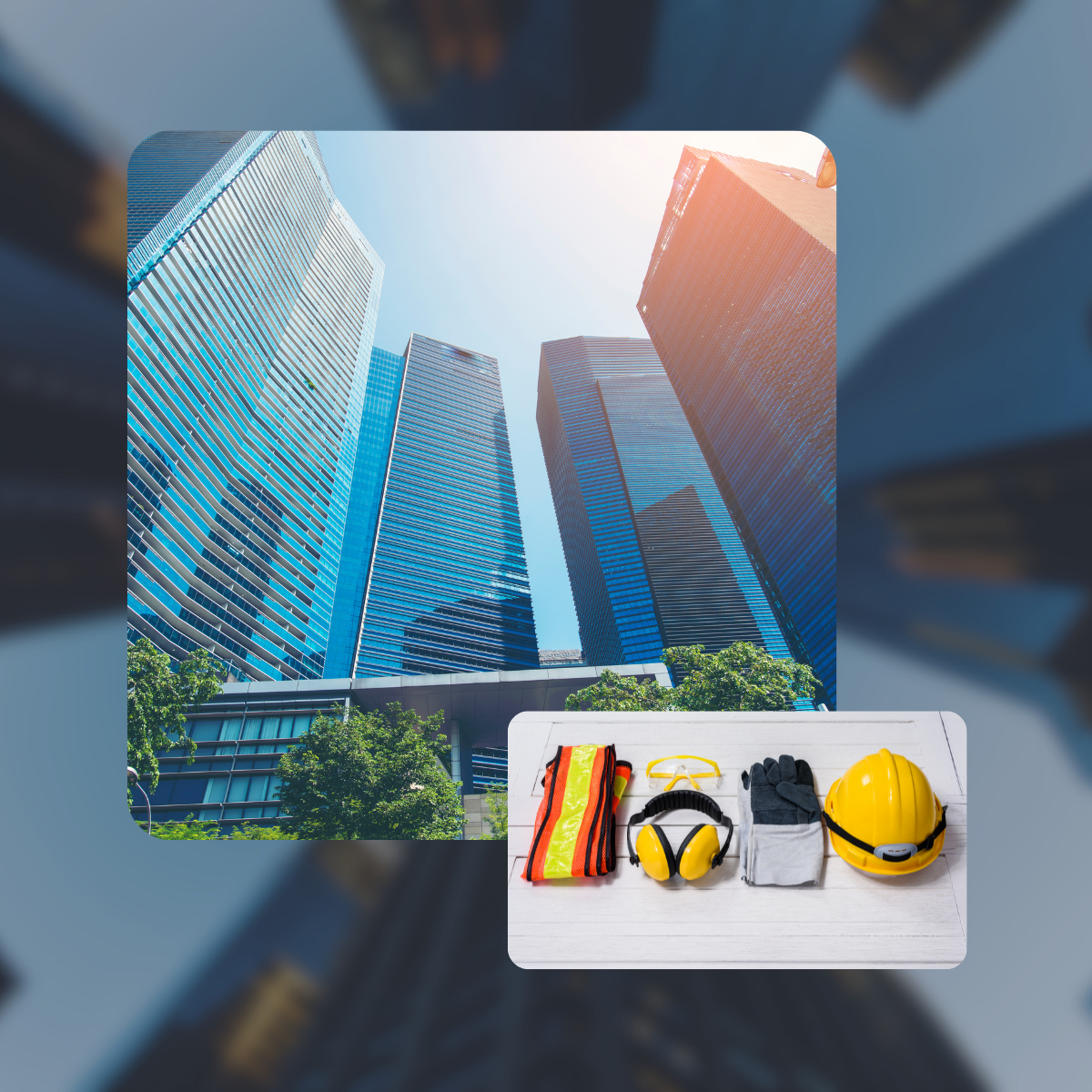

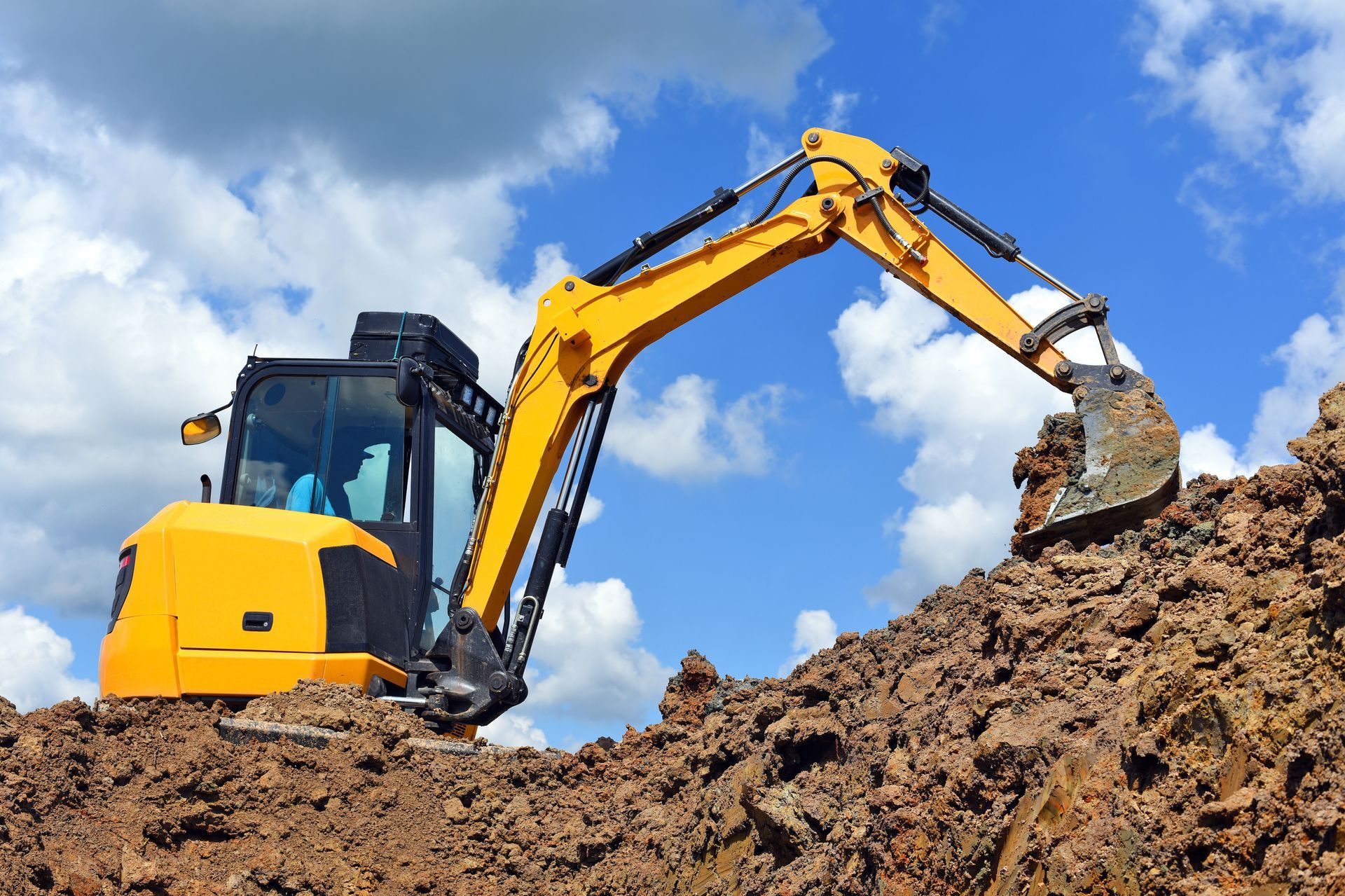
Share On: